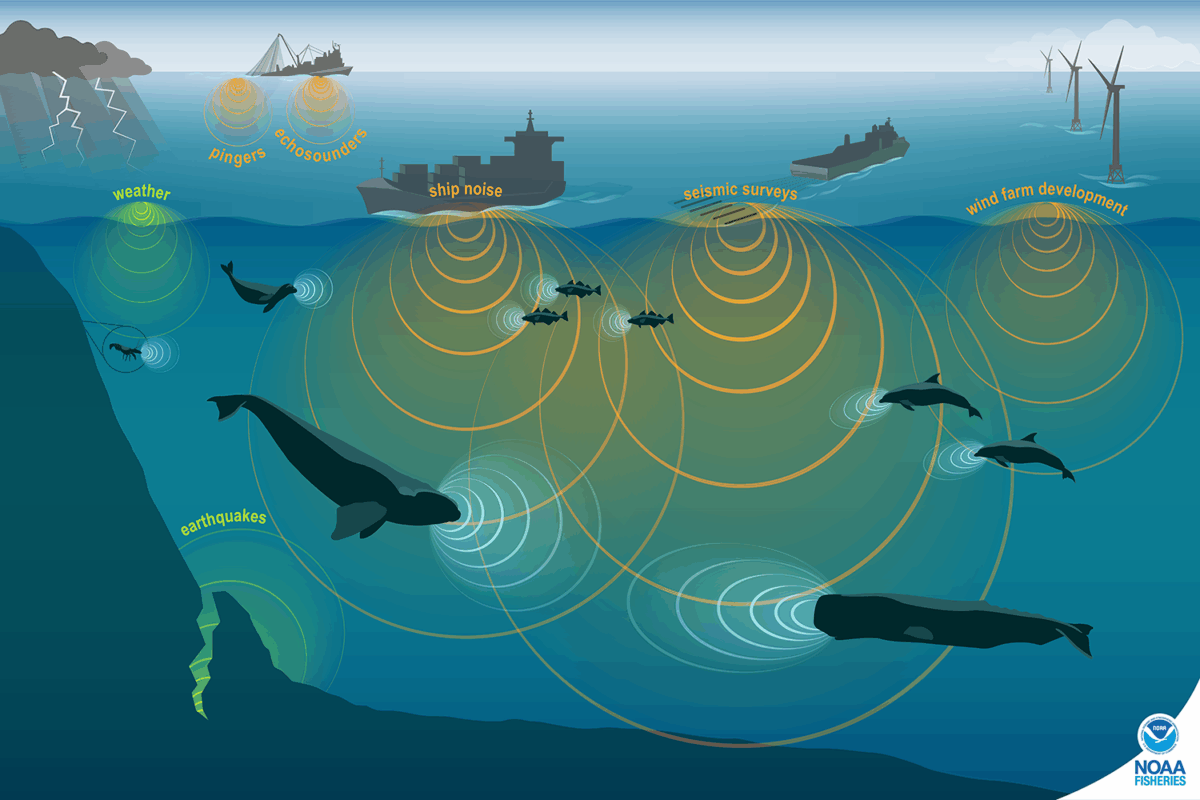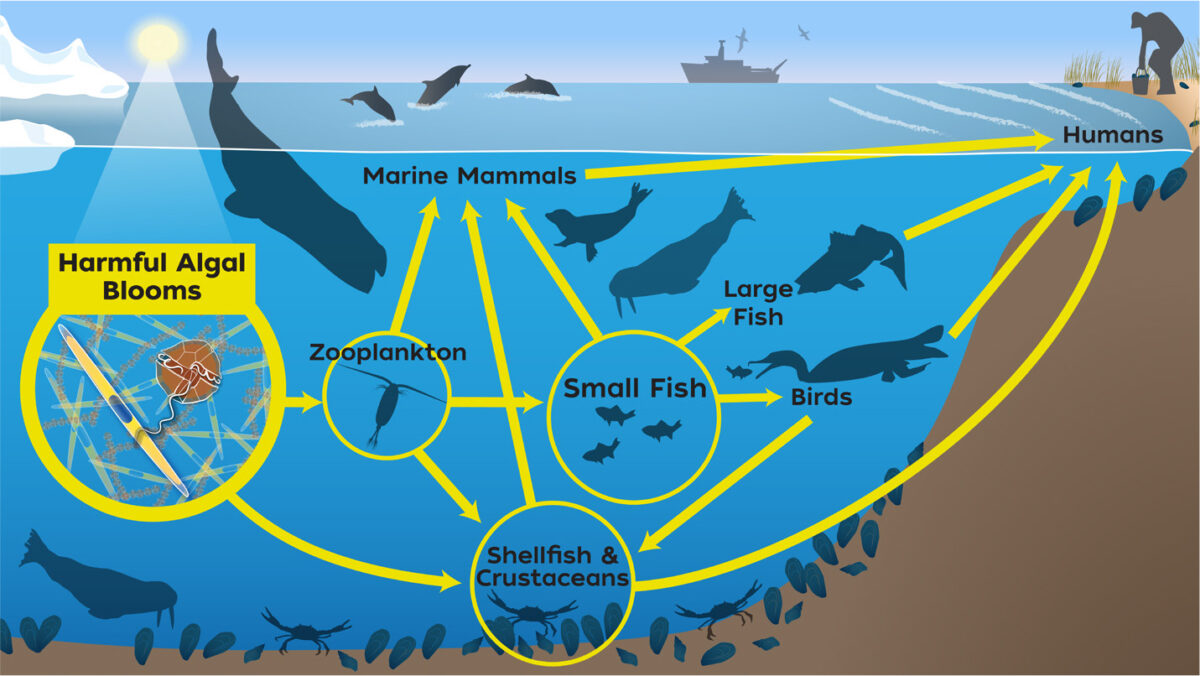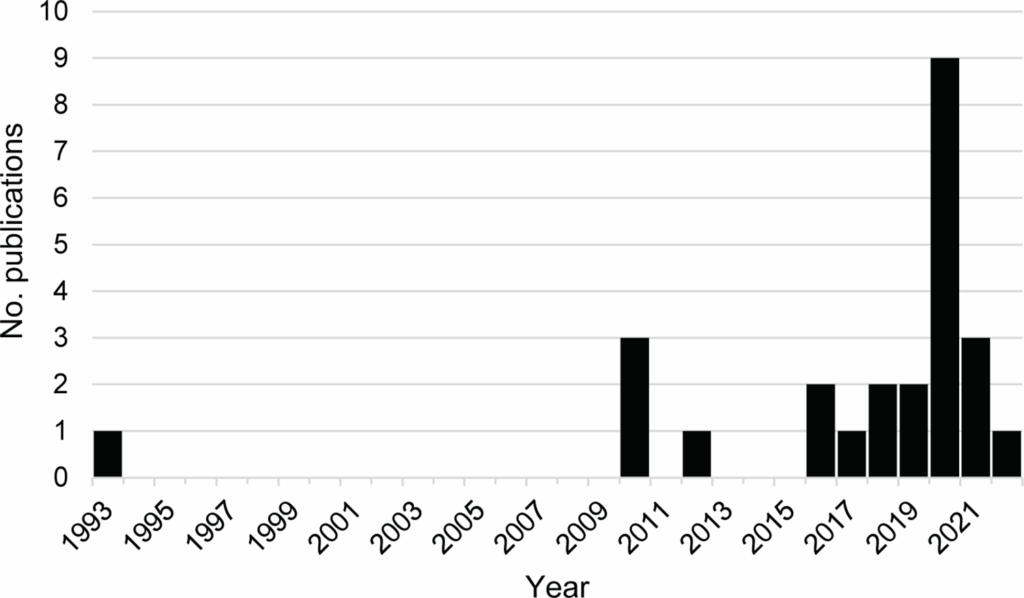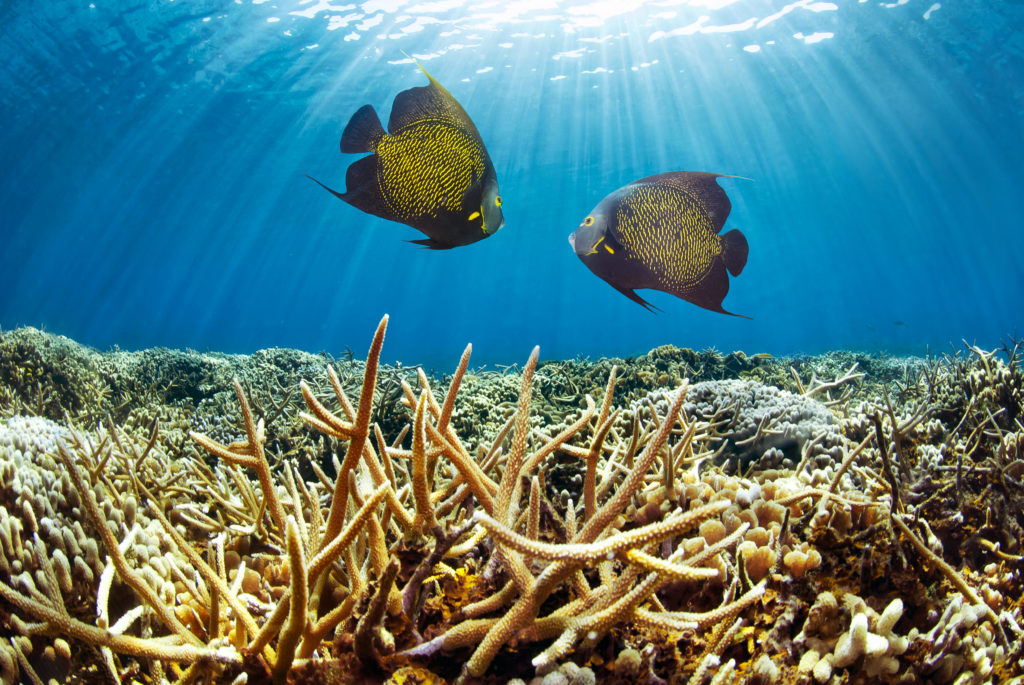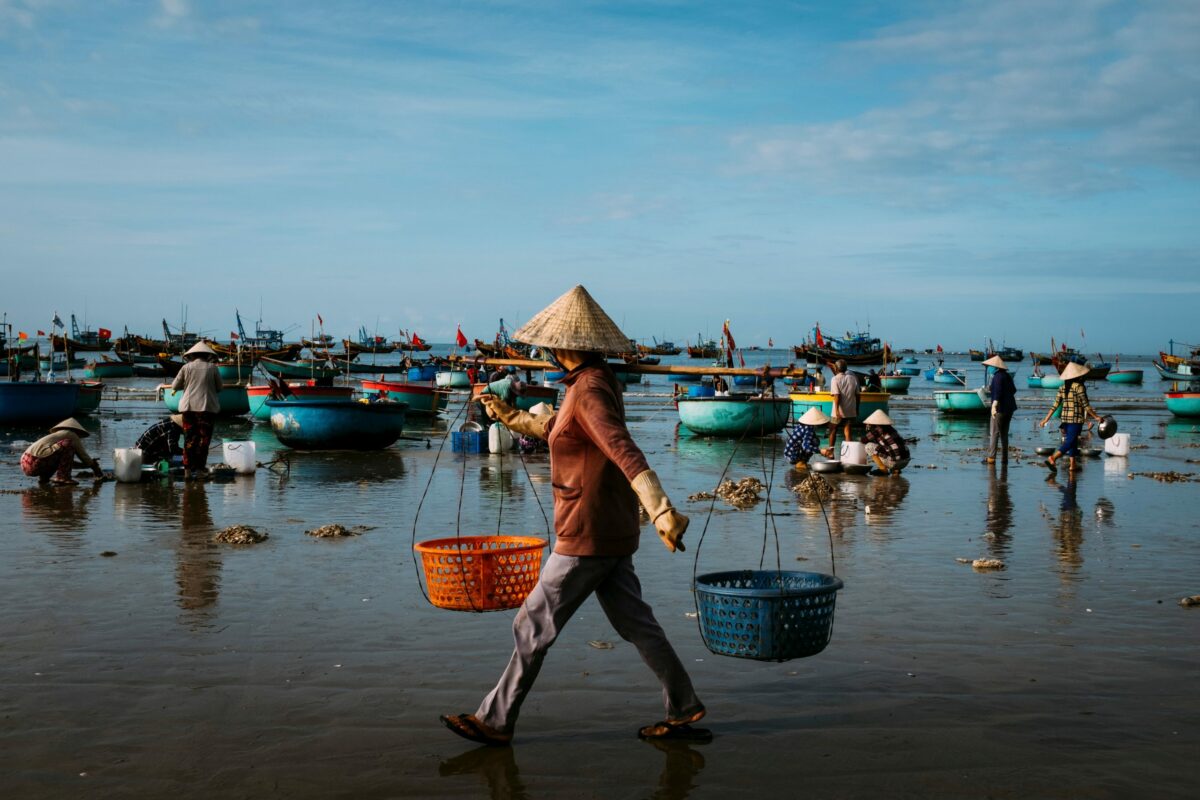Our Stance
Here at Maersk, we understand that sustainability and environmental safety is just as important underwater, as it is above. More specifically, underwater noise pollution has become an increased threat to marine life. We believe it is our duty here at Maersk, to lead by example and make conscious efforts to reduce noise pollution within the industry of maritime transportation.
Latest Information
Durate et al. (2021), explains that the soundscape of the Anthropocene Ocean has changed from that of what it was during preindustrial times, and noise pollution has since begun to negatively impact marine life. Activities such as pile driving, sonar, maritime traffic, mining, and many more have shown to cause great disturbances to underwater ecosystems and life. Below is figure 1 showing projects that have been conducted to research underwater sound.

Figure 1: International projects that have conducted research on underwater noise (Rako-Gospic & Picciulin, 2023).
Evidence
Moretti and Affatati (2023), go on to explain how acoustic environment is cemented in the marine adaptations and ecological connections that have become vital for the health of the planet and the ecosystem itself. Problems such as reproduction, feeding, navigation, stress, and communication disruption have directly affected marine life from noise pollution. According to El-Dairi et al. (2024), Anthropogenic noise has also caused behavioral changes that have been seen to disrupt normal marine life activities or displace them from their natural habitats.
Taking Action
Maersk has investigated ways that we can help lower noise pollution, and we hope that our steps will be followed by others. Where we plan to start aligns with research from Chou et al. (2021), where it is discussed to reroute vessels and limit noise-generating activity in specific areas and during times in which there are large populations of animals (such as breeding and feeding areas). According to Rako-Gospic & Picciulin, (2023), as we move forward, although noise management has not become a mandate throughout the world, many of the necessary steps are in place.
It Starts Now
Maersk has a mission to do whatever is necessary to mitigate underwater noise pollution in maritime transportation. We look to do our part knowing that it is the right thing to do, and in the process we hope to encourage others to look out and draw considerations on to marine life in the Anthropocene World.
References:
Chou, E., Southall, B. L., Robards, M., and Rosenbaum, H. C. (2021). “International policy, recommendations, actions and mitigation efforts of Anthropogenic Underwater Noise.” Ocean & Coastal Management, 202, 105427.
Duarte, C. M., Chapuis, L., Collin, S. P., Costa, D. P., Devassy, R. P., Eguiluz, V. M., Erbe, C., Gordon, T. A., Halpern, B. S., Harding, H. R., Havlik, M. N., Meekan, M., Merchant, N. D., Miksis-Olds, J. L., Parsons, M., Predragovic, M., Radford, A. N., Radford, C. A., Simpson, S. D., Slabbekoorn, H., Staaterman, E., Van Opzeeland, I. C., Winderen, J., Zhang, X., and Juanes, F. (2021). “The soundscape of the Anthropocene Ocean.” Science, 371(6529).
El-Dairi, R., Outinen, O., and Kankaanpää, H. (2024). “Anthropogenic underwater noise: A review on physiological and molecular responses of Marine Biota.” Marine Pollution Bulletin, 199, 115978.
Moretti, P. F., and Affatati, A. (2023). “Understanding the impact of underwater noise to preserve marine ecosystems and manage anthropogenic activities.” Sustainability, 15(13), 10178.
Rako-Gospic, N., and Picciulin, M. (2023). “Addressing underwater noise: Joint efforts and progress on its Global Governance.” Advances in Marine Biology, 201–232.
